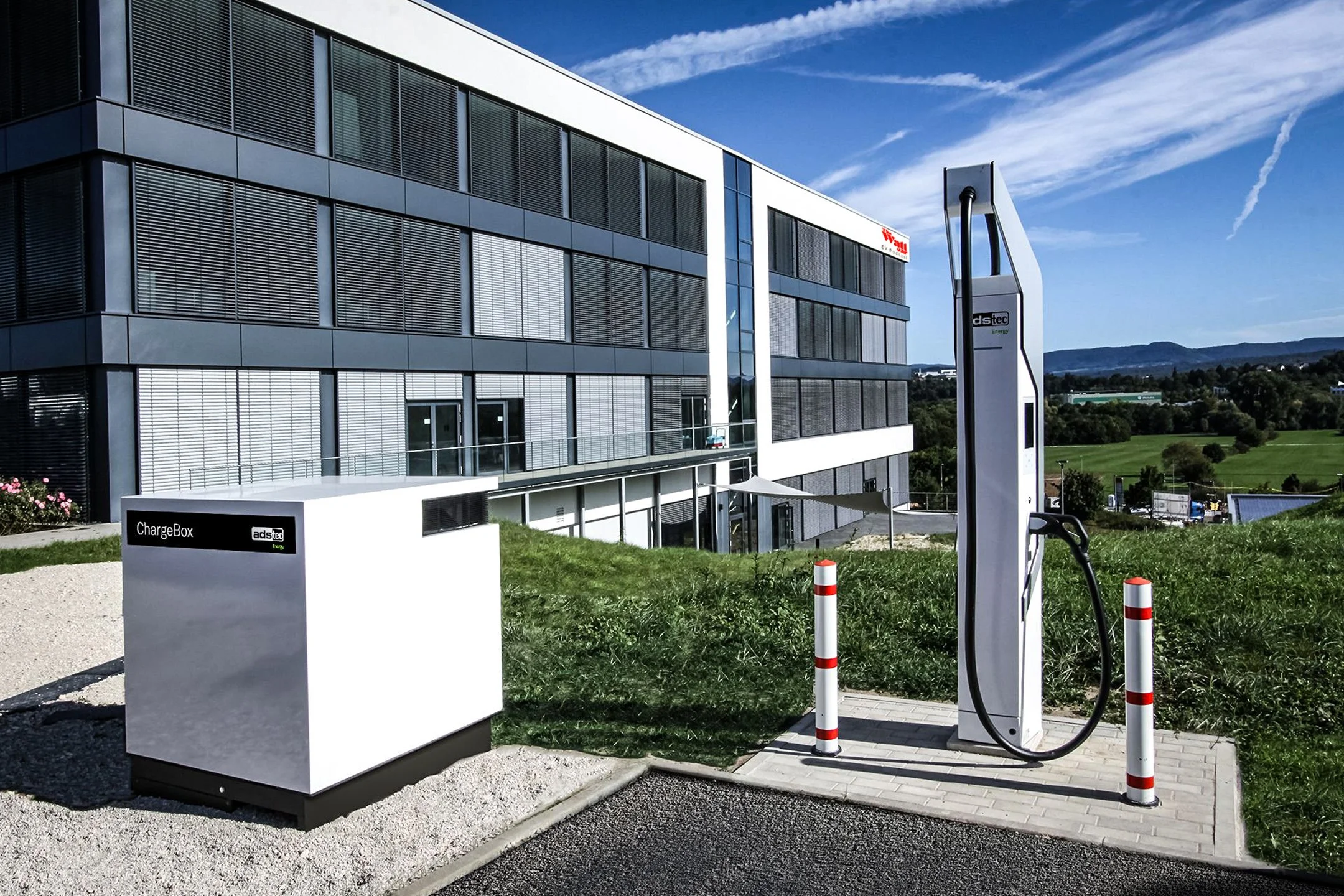Exportable Power: The Feature to Win Over EV Skeptics
By Edward A. Sanchez — Nov. 4, 2024
On the eve of this election, electric vehicles have become unfortunately politicized. There are a number of reasons, some of which admittedly have a kernel of truth. But most of the FUD is based in distrust, and misleading or false narratives parroted by opponents of EVs. But I have a hunch there is a feature that could completely remove EVs from the partisan realm and make them pretty universally popular.
This feature is actually already in some EVs. A bill in California would mandate it. What we’re talking about is exportable power. This can take several forms. You may be familiar with some of the terms. Hyundai calls it V2L or vehicle-to-load. Ford calls it V2H (vehicle-to-home). The bigger picture is V2G, or vehicle-to-grid, in which plugged-in EVs can actually act as a virtual “peaker” plant to stabilize the grid in times of high demand.
This is built-in in the Ford F-150 Lightning, the Chevy Silverado EV, and in a way with the Tesla Cybertruck. The Lightning and Silverado offer optional home charging systems that can provide backup power in the case of an outage. The Cybertruck has a NEMA 14-50 240V plug in the bed. Hyundai and Kia offer a dongle that plugs into the charging port that enables exporting of 120V power.
The concept of exportable power from cars has been around for a while, and is not exclusive to EVs. Cars have offered 120V AC power outlets for more than a decade. There are a multitude of accessories that plug into the 12V DC outlet (colloquially referred to by many as the “cigarette lighter” port.
So, getting back to my original premise of why this feature could appeal to members of the political right. Those of the more conservative persuasion are often into “prepping” or survival skills. Lately, battery power stations have become popular, due to their versatility and stealth (no noise). They offer much of the versatility of gas (whether gasoline or propane) generators, with no noise, can be used indoors, and can be recharged with solar panels. Multiply that by 60-100x. That’s what EV battery packs represent. Depending on usage, an EV with V2H capability can power a house for six to 10 days. That’s even more than most residential battery storage solutions (typically 10-30 kWh) and significantly more than portable battery power stations.
There may still be some hard-core haters that will never get on the EV bandwagon, but when your car can power your house for nearly two weeks in a SHTF (you can figure out the acronym) situation, I think that’s something people from any political persuasion can get behind.
I know I’ve said it before: I’m usually not a fan of heavy-handed regulation. But making V2L/V2H/V2G mandatory on all EVs is not something I’d necessarily be opposed to. My hope is that automakers will preemptively implement it before it’s mandated. I think they’ll be richly rewarded for it.
(Image courtesy Hyundai)







